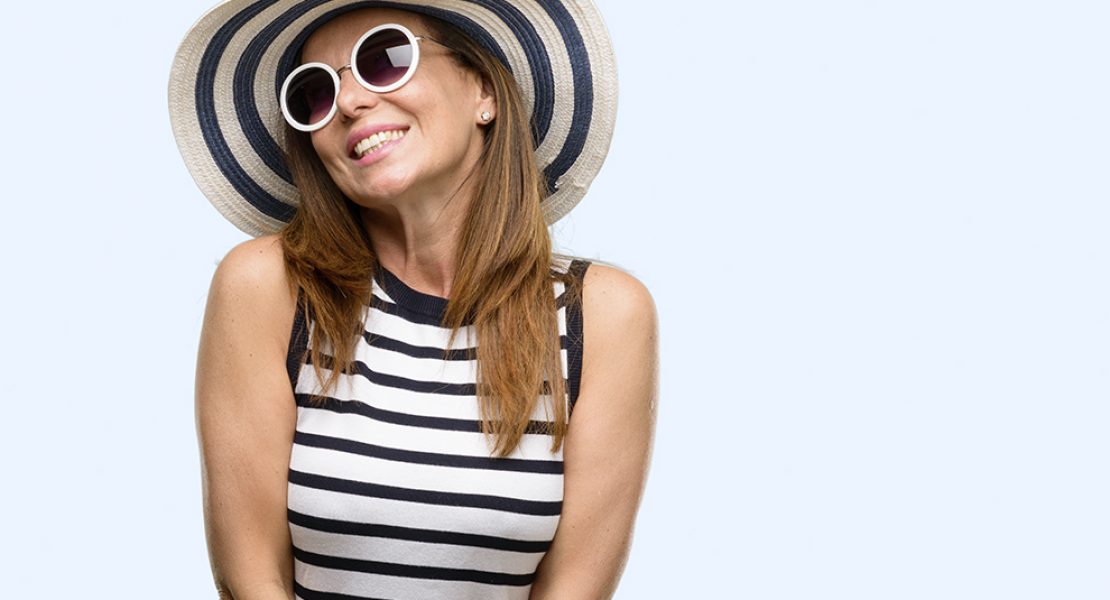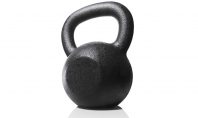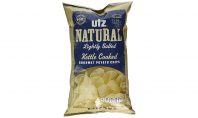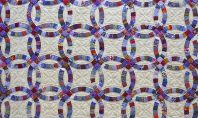Sun Safety 101

We’re just weeks from the official start of summer—and while we’re all excited about backyard cookouts and beach trips, all that time spent outdoors means your sun exposure is at its peak. Why should you care? According to the American Cancer Society (ACS), more skin cancer cases are detected each year than all other types of cancer combined – and its incidence is increasing.
Most skin cancers are caused by overexposure to two types of ultraviolet rays found in sunlight: 1) UVA rays, which can damage the DNA of skin cells and contribute to wrinkles and other long-term health effects; and 2) UVB rays, which also damage DNA, are implicated in most skin cancers, and are the chief cause of sunburns. Fortunately, there are many ways to protect yourself while outdoors. Here are just a few.
Avoid peak hours
UV light is strongest between 10 a.m. and 4 p.m., so it’s smart to avoid sunlight (as much as you can) during those hours. And remember that UV rays easily penetrate cloud cover, so be careful even on overcast days.
Cover up
It’s tough advice after being bundled up all winter, but lightweight, long-sleeved shirts and long pants or skirts offer a good bit of protection from UV rays. Some manufacturers even produce clothing with built-in UV protection, and the level of blockage will be noted on the labels.
Don’t forget sunscreen
But don’t think of it as your best protection, either. All of them let some UV rays pass through. Typically, higher SPF numbers offer more protection than lower-rated ones. But that difference is incremental. The ACS says SPF 15 sunscreens filter out about 93% of UVB rays, SPF 30 sunscreens filter out about 97%, and so on. As always, follow application instructions, which often means reapplying every few hours, especially after swimming.
Put a lid on it
Hats with fairly wide brims (2” to 3” or more) can shade practically your entire head. Be wary of baseball caps, though. Your neck and ears – two prime spots for skin cancer – will remain exposed.
Slip on some shades
Like hats, bigger is better. Look for labels that indicate the level of UVA and UVB absorption. Your best bet: Those that block 99 to 100 percent of both UVA and UVB light. No label can mean minimal to no protection.




















